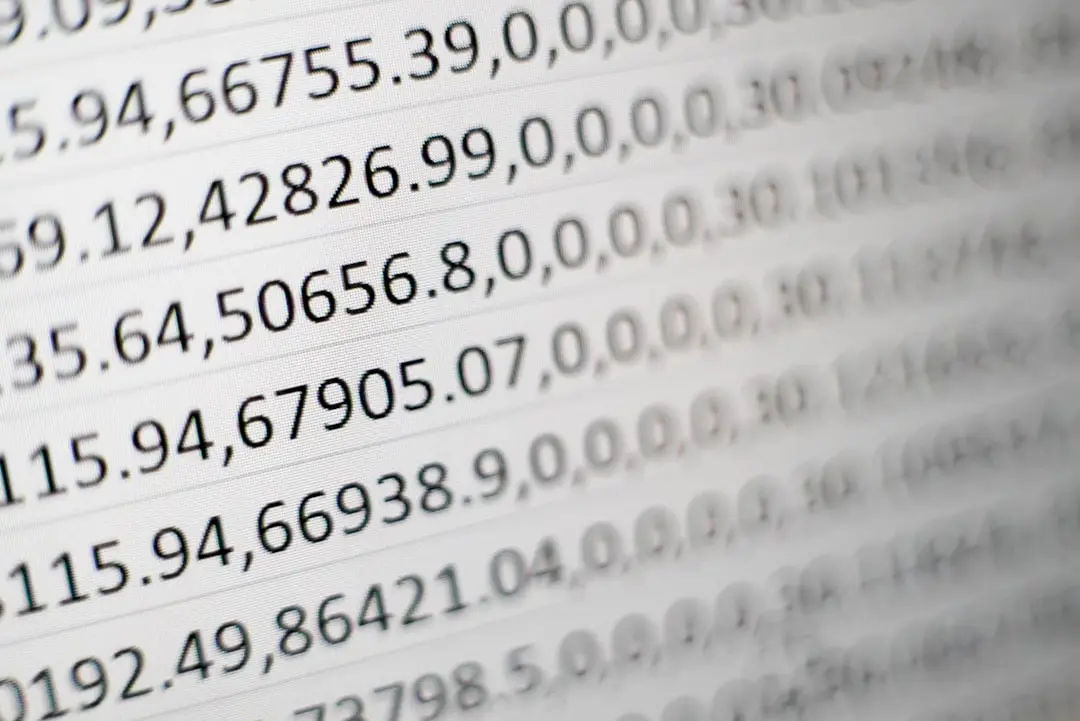How Python Compares Floats and Ints: When Equals Isn’t Really Equal
How Python Compares Floats and Ints: When Equals Isn’t Really Equal

blog.codingconfessions.com
How Python Compares Floats and Ints: Why It Can Give Surprising Results

How Python Compares Floats and Ints: When Equals Isn’t Really Equal

How Python Compares Floats and Ints: Why It Can Give Surprising Results
